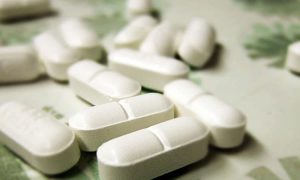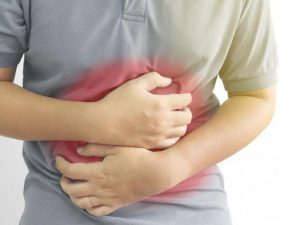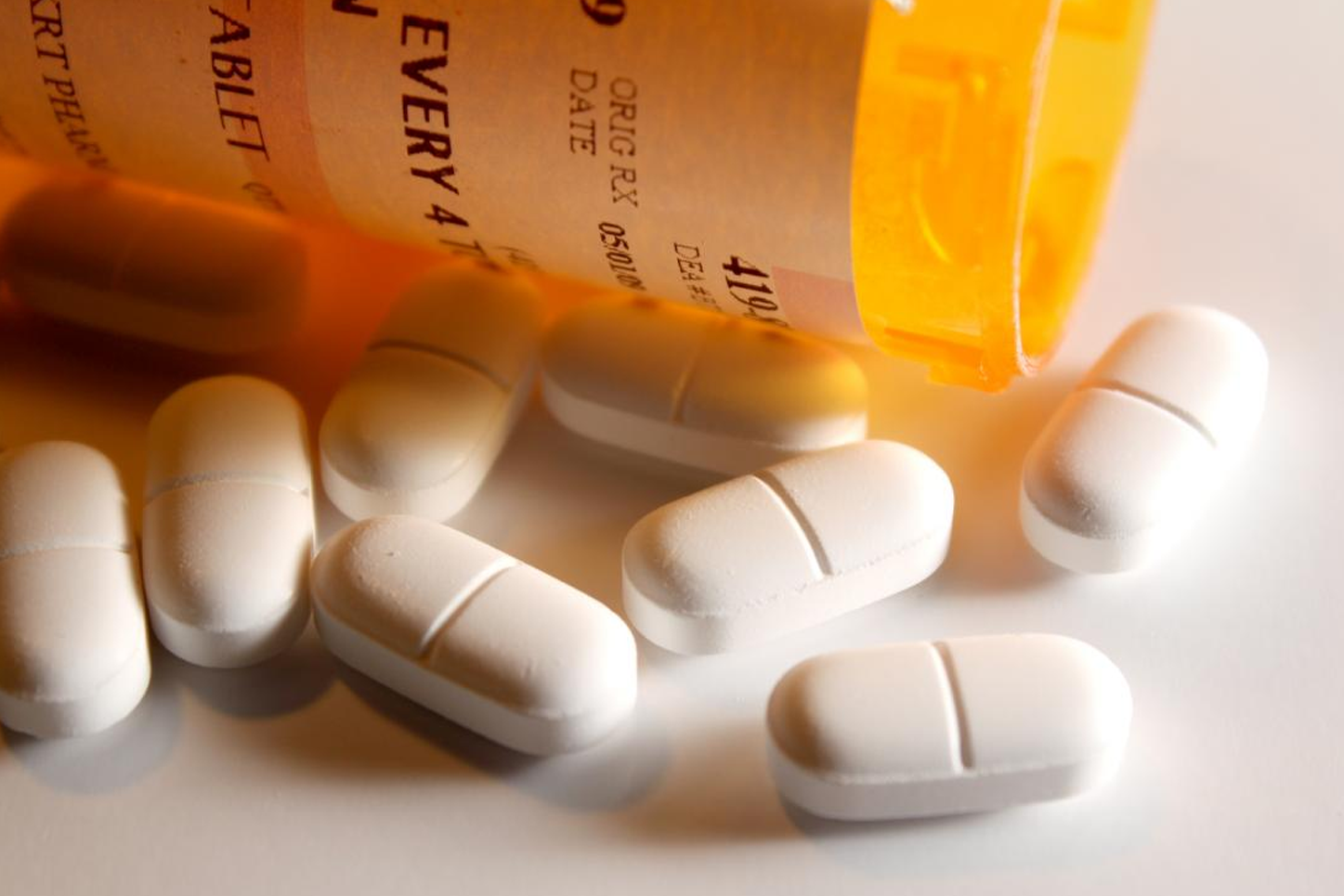How Long Does Vicodin Detox Take
Detoxing Vicodin can cause withdrawal symptoms that are expected to last from 7 to 10 days. However, if your body has been gravely intoxicated by the substance, it may be possible for the symptoms to persist for a couple of months and even up to a year or two.
The withdrawal syndrome from Vicodin is distinguished into two kinds. One is known as acute withdrawal, where symptoms persist for only a few weeks, and the other one is post-acute withdrawal syndrome, or PAWS, where the symptoms can last up to 24 months.
What Factors Affect The Length of Vicodin Detox
The factors that primarily prolong the length of detox include regular substance use and intake of high doses. These two oftentimes lead to the development of a substance use disorder (SUD) which can be classified as mild, moderate, or severe.
A higher dose means a longer detox period
 It has been noted that individuals who use the substance as prescribed may experience mild withdrawal, while those who are given large doses may suffer severely. The same applies to those who use the substance for recreational motives, specifically the ones without any medical ailment to use it for.
It has been noted that individuals who use the substance as prescribed may experience mild withdrawal, while those who are given large doses may suffer severely. The same applies to those who use the substance for recreational motives, specifically the ones without any medical ailment to use it for.
Tolerance from the drug
Vicodin is a potent substance that can cause psychoactive effects to anyone who uses it for a few weeks. This can influence the body to build tolerance toward the drug which eventually results in seeking higher doses. By then, the loop of addiction begins.
Other Factors
Other factors that can cause detoxing to be complexly longer include overall health status. Sometimes, mental health problems such as anxiety or depression can be an underlying concern that triggers SUD. Sometimes, it is also the other way around. In this case, more complex detox care must be applied.
Those with poor cardiorespiratory function or those who can be physically vulnerable like the elderly, the pregnant, or those with a physical illness also need intense treatment that may take some time to progress compared to those with mild conditions.
What Is The Timeline For Vicodin Detox
 The first 6 to 12 hours from the last dose typically is the phase where the withdrawal symptoms kick-off. The level of severity that can be likely experienced at this phase may depend on how detox is performed.
The first 6 to 12 hours from the last dose typically is the phase where the withdrawal symptoms kick-off. The level of severity that can be likely experienced at this phase may depend on how detox is performed.
With the guidance of a physician, the symptoms can be limited by following a taper schedule. However, when a person quits cold turkey, all sorts of pain can flood at once and this can cause so much distress.
On the third day from the last dose, the symptoms can reach their peak. This means that the level of intense pain can progress to a significant height, and it can be too tempting to use the substance again just to find relief. The symptoms are reported to last for a week.
While some of the physical symptoms begin to dissipate after at least a week, the psychological symptoms may continue to persist for a month or more. In case you experience PAWS, talk to your physician right away so that immediate interventions can be given to avoid withdrawal resets.
The following shows an overview of the Vicodin withdrawal symptoms that can be likely experienced in a specific timeline:
Day 1
The initial symptoms are described by many as having bad flu. This includes colds, fever, muscle pain, and headache.
A cardiorespiratory function may also be negatively affected and a person may likely suffer from high blood pressure and increased heart rate.
Episodes of anxiety may also begin to manifest as early as day 1. This can be accompanied by extreme sweating. Insomnia is also potentially common to occur during this phase.
All these symptoms can grow more intensely over time, and may even co-exist with a new set of withdrawal pain by the following two days.
Day 2 to 3
 Gastrointestinal pain may be a problem by this time frame. This includes feeling nauseous, having stomach aches, and even experiencing vomiting and diarrhea. The risk of dehydration can be an outcome if this continues to strongly persist.
Gastrointestinal pain may be a problem by this time frame. This includes feeling nauseous, having stomach aches, and even experiencing vomiting and diarrhea. The risk of dehydration can be an outcome if this continues to strongly persist.
While most people say that withdrawal is not fatal, dehydration is. Health experts recommend seeking immediate medical help if strong occasions of vomiting and diarrhea continue to progress, and the patient becomes extremely weak.
Depression is also likely to happen by this time, and this, too, can lead to fatal outcomes. This is when a person becomes withdrawn from life, prefers to be isolated, and oftentimes suffers from helplessness. When suicidal ideations are observed, it would be best to consult a therapist for help.
Cravings for the substance can become extremely intense by this time too. However, this can be controlled if the patient pursues opioid substitution therapy.
What Happens If I Relapse
A fatal overdose is a common outcome of relapse. This is caused by the inability of the body to endure certain doses of the drug once the detox has begun.
The best thing to do when relapse happens is to acknowledge the situation and continue to follow your treatment plan as aided by your physician. Relapse can occur anytime. Even if you have already reached a period of recovery, this can still hit you unexpectedly.
It is normal to feel down about giving in to relapse. However, it is important to understand that this is a common condition that can happen to anyone. When relapse becomes real to you, your physician will help you track which phase you went wrong, and prescribe you modified interventions to help you stay sober.
These interventions may include a change of lifestyle, training for coping skills, and most importantly, cognitive therapy to help you look at relapsing in a positive light. There must be no other way of dealing with relapse but to stick to a modified medical treatment.
It is important to understand that the duration of overcoming addiction can last for a lifetime. Even when you have reached recovery, you have to sustain it by constantly being aware of your needs and addressing them with the right solution.
